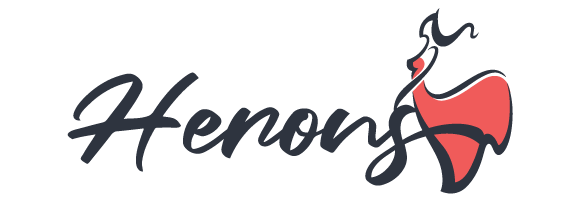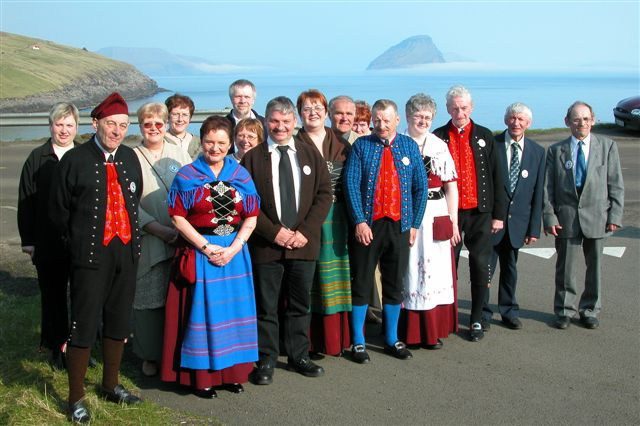Australian fashion in the modern era is distinctive and easily distinguishable from European fashion trends. Australian fashion is more casual than European fashion, which takes a more structured approach.
Fashion differs from dress in that it is made or manufactured, typically by hand, and it represents the dominant styles in “polite society” as opposed to being focused on function. Color, cut, fabric, garment type, clothing styles, and how something is interpreted as looking can all be used to define fashion.
Typically, men’s clothing consists of shirts, pants, t-shirts, jeans, courts, trousers, sweaters, casual shoes, long pants, leather boots, shorts, suits, and blazers, among other things whereas women’s clothes, generally come in the following styles: Blouses & Shirts, Skirts, Sweaters, Trumpet Skirts, Court, Petite Coats & Jackets, Jeans, shoes & boots, etc. Long Sleeve, Maxi Dresses, Denim Short, Short, Long Sleeve mini dresses, Reversible dresses, etc.
Australia’s Dress Sense
Indigenous Australians did not wear clothing to demonstrate authority or prestige, unlike how colonial invaders perceived it. However, there are various ways—each for a different reason—in which the Western dress system is accepted and rejected. Australians traditionally dress in kangaroo and opossum skin and identify their bodies with the colors of the planet. Additionally, they were embellished with regional fibers, shells, bark, and leaf decorations.
Government representatives, missionaries, and priests at one point attempted to force Western clothes on those they approached. They frequently used it as a motivating prize. The subsequent progressive adoption of European clothes has aided in the diminishing of the indigenous peoples’ own clothing-making methods. The aborigines started wearing Western-style attire in the early 2000s. However, it is obvious that there are regional fashion trends like T-shirts, dresses, and scarves in isolated places. Akubra hats and knitted hats (beni), for example, were later included in the indigenous cultural legacy.
Enhancing Beachwears
Surprisingly, Australia has a thriving beach and leisure clothing industry. The early 20th century saw the beginning of the local swimwear industry. The presence of American swimsuit companies like Jantzen and Cole of California added to its intensity.
The Speedo label was established later in 1928, and the business has grown to become one of the most popular swimwear companies in Australia. It was exported to the United States in the late 1950s as a result. Perhaps more significantly, there are forward-thinking, youth-focused surfwear brands like Rip Carl, Billabong, and Mambo that produce vibrantly coloured, carefree designs. Quick-Silver has had the most success representing Australian fashion internationally.
Also, Read: Which online shopping websites are famous in Australia?
Top 5 Popular Traditional Australian Clothing
Each nation has its own distinct culture, dances, traditions, festivals, and attire. What could seem weird to the individual is a part of a tradition and code of conduct that is more or less rigid. Australian culture, including the cultural contributions of Aboriginal people and other Australians, was influenced by its unique geography as a Western society. To understand real Australian fashion, learn about diverse traditional Australian attire.
1. Driza-bone
Australia’s cultural heritage has a major contribution from Driza-Bone. It is Australian-style apparel. It was worn by the men who built the roads, highways, and railroads in Australia.
Even those who fought in both World Wars as well as those who have journeyed with it from the vast Antarctic ice sheets to the Himalayan highlands covered in snow wore this.
2. The Akubra Hat
Another traditional Australian garment is this ensemble. The Aboriginal name for a hat is “Akubra.” Under that brand, fur cutter Benjamin Dunkerley started producing hats in Tasmania in 1872. However, today’s popular bush hats, which many people wear nonstop and are marketed anywhere tourists cluster, are made from seven rabbit skins each.
3. Blue Singlet
Every Australian employee’s uniform must have a Blue Singlet. However, as regulations require truckies (truck drivers) to don brightly coloured safety gear to stand out to other road users, their popularity is dwindling. But there is no threat to the blue singlet’s extinction.
4. Thongs
In some nations, this phrase is used to describe underwear, whereas in Australia it is used to describe rubber flip-flops. They are necessary at Australian barbecues to prevent broken beer bottle pieces out of your shoes and are worn on the feet.
5. Stinger Suits
Another piece of traditional Australian dress is this outfit. If you go swimming in the summer, it’s a good idea to wear a stinger suit since some vicious box jellyfish in the northern region of Australia can ruin your day by killing you in three minutes.
Also, Read: 10 Best Australian Fashion Designers Of 2022
FAQs For Australian Wear
Do Australians have a dress code?
No, Australians generally do not have a dress code. They wear whatever makes them comfortable and suitable according to the occasion. But some elite class people do follow some dress codes such as for business meetings, they prefer formal attire.
What is Australian casual attire?
Australian casual attire is basic denim jeans or pants with a simple t-shirt. This is their go to outfit.
How do girls dress in Australia?
Girls generally wear jeans, shorts, crop tops, short dresses,t-shirts, maxi dresses, skirts, coats, petite coats & jackets etc.
What should you not wear in Australia?
Avoid wearing clothes with synthetic materials due to heavy heat; stick to cotton.
What do ladies wear in Australia?
Women generally prefer Blouses & Shirts, Skirts, Sweaters, Trumpet Skirts, Court, Petite Coats & Jackets, Jeans, shoes & boots, etc. Long Sleeve, Maxi Dresses, Denim Short, Short, Long Sleeve mini dresses, Reversible dresses, etc in Australia.

